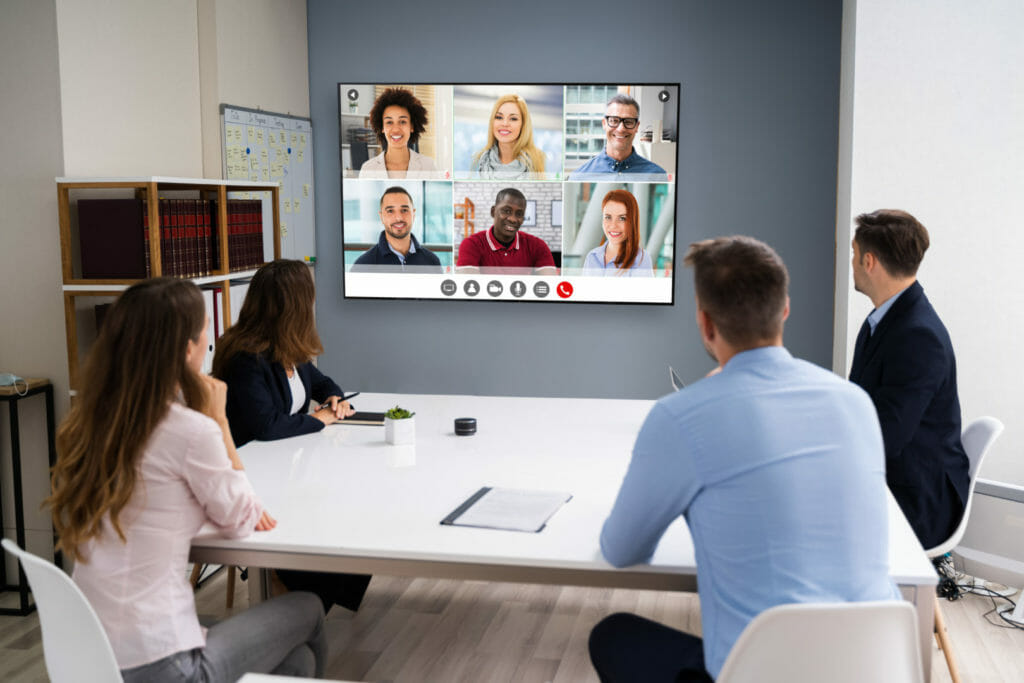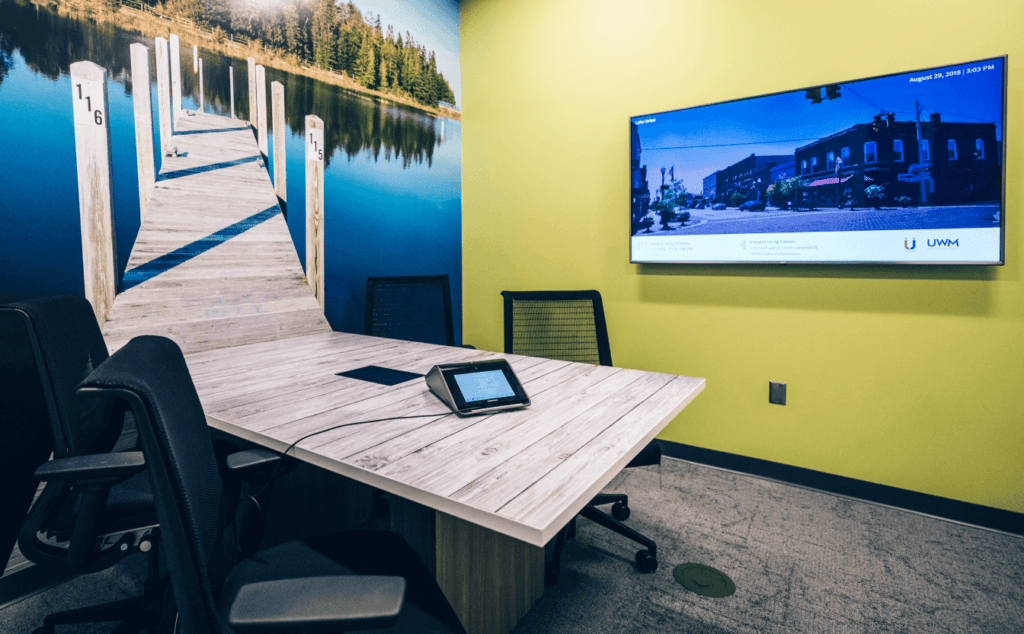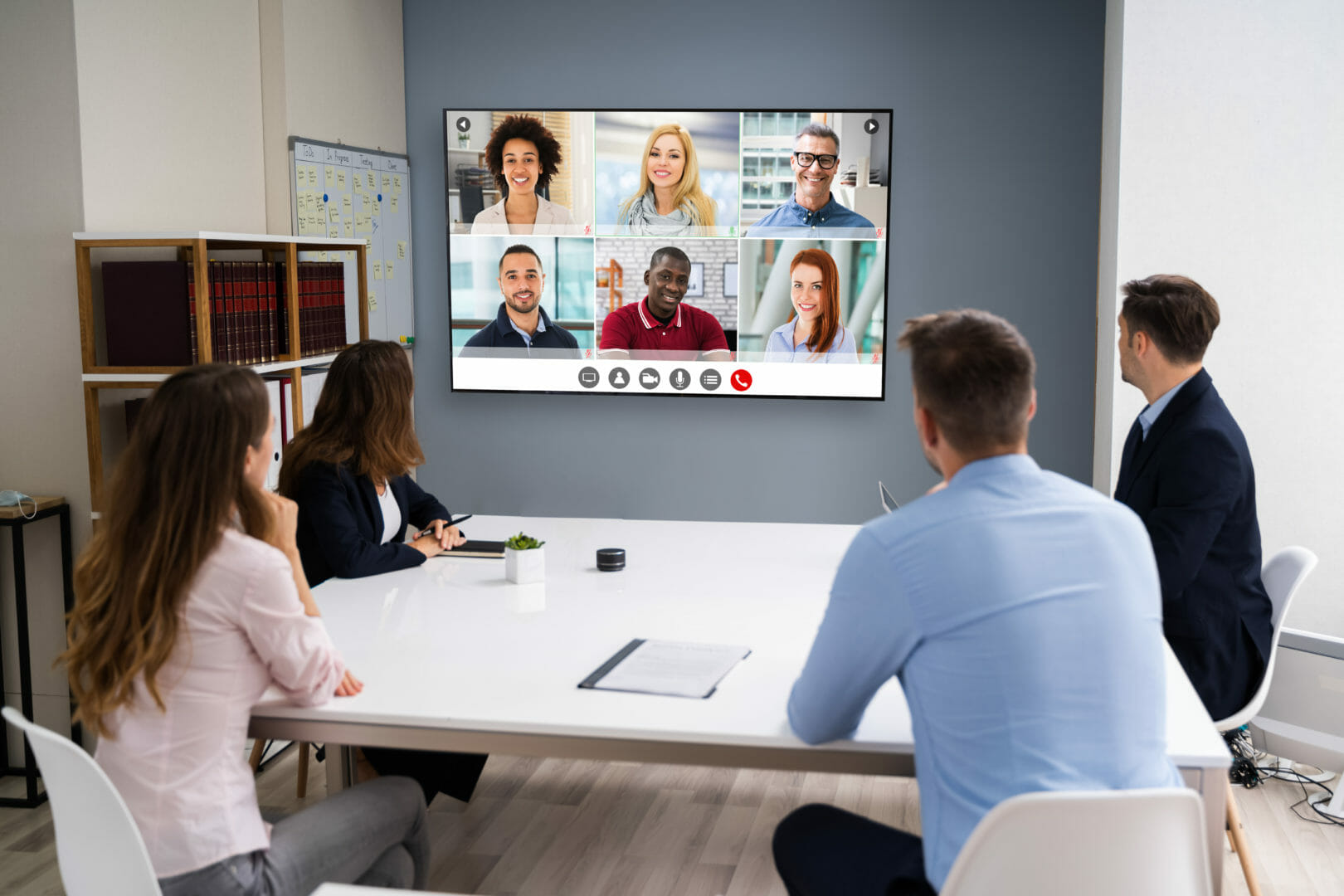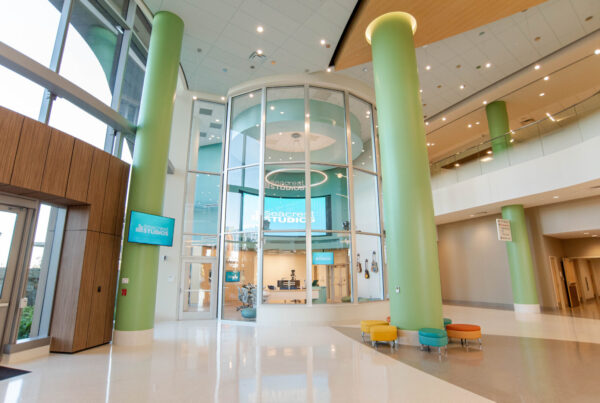For millions of US workers, the pandemic has changed the way they work. As we enter a new phase of the pandemic, one where most have returned to work, businesses continue to grapple with what work looks like during (and eventually after) a pandemic.
One aspect that’s already becoming clear is the technology integration shift that’s underway. Office and tech-oriented businesses have largely survived the pandemic thanks to new ways of working. And whatever happens in the next few years, the shift in technology integration is here to stay.
Here are five observations about the mid/post-pandemic technology integration shift that businesses should consider today.

Hybrid and Remote Work Aren’t Going Away
The pandemic may have forced many employees with computer-based jobs home, but that reality has created a shift in thinking and in worker expectations. Many don’t want to return to the office, at least not full-time.
Employers can require a return to in-person work, of course. But the current labor market is uncomfortably tight, and workers have plenty of bargaining power. If they want to work from home, they can likely find an employer who will let them.
So, whether the coming year looks like a pandemic, endemic, or a return to normal, hybrid and remote work aren’t going away. This fact has significant implications for technology integration.

AV and IT Budgets Are Increasing (By Necessity)
One of the biggest shifts from the increase in long-term hybrid and remote work is a required increase in AV and IT budgets. Businesses that want employees to be productive and satisfied must spend more (or at least differently) to support hybrid and remote workers.
Remote workers have a different set of hardware needs, and hybrid employees often need two sets of some IT assets. They can cart in their laptop, for example, but they need a monitor and peripherals (not to mention a place to sit).
Businesses need better collaboration tools in the office, tools that can pull in dozens of off-site employees with clarity and precision. And many will need to outfit their remote workers with better hardware as well, like Crestron Flex Phones.
In-person meetings will continue to matter, but employee expectations have shifted and are unlikely to quickly shift back. When they do meet face to face, staffers will likely expect more space for fewer people than before the pandemic.
To sum up, IT and AV needs have changed during the pandemic. Many of those changes aren’t going away no matter what happens in the next year or two, and most of them require more technology spending.
Collaboration Tools and Hardware Continue to Rule the Day
Collaboration tools like Teams, Zoom, Slack and more became indispensable during the pandemic, even for companies that rarely (if ever) used them before. Tools like these – and the hardware that supports them – will continue to rule the day during an ongoing pandemic and even once the current situation passes.
Companies that were behind the curve when COVID hit had to pivot quickly. Many did so with whatever hardware they could find. But since this way of working is here to stay, now is the time to implement intentional, powerful hardware solutions that support this new way of doing business.

Huddle Rooms Take On New Importance (And New Functions)
Huddle rooms were already a hot trend in office design, and the return to the office has created some complications. These small, semi-private spaces were great for meetings of just two or three people. But in a socially distant environment, they may not be big enough for more than one or two.
Expect huddle rooms to remain an important part of business, especially for offices that have an open floorplan. These spaces will also take on new functions: a single employee might use one to take a Zoom call with clients or off-site employees, for example. And, for as long as your workforce remains social-distancing conscious, you may need more of these spaces than you did before.

AV-as-a-Service Makes More Sense than Ever
The pace of technology adoption isn’t slowing down, and the systems and services businesses need to get work done continue to grow in complexity. The old way of doing AV refreshes puts a heavy burden on IT managers and spiky budget pressure on businesses. And in a business world that’s more reliant on communication and collaboration tools than ever before, a lengthy outage becomes a critical threat.
With AV-as-a-Service, companies get regularly refreshed AV tech, along with dedicated service from their AV partner throughout the lifecycle – all for a predictable and contract-bound monthly rate.
AV-as-a-Service makes more sense than ever before for businesses of all sizes. If you’re looking for a partner for your AV integration needs, or if you want to learn more about AV-as-a-Service, reach out to our Bluewater team today.











